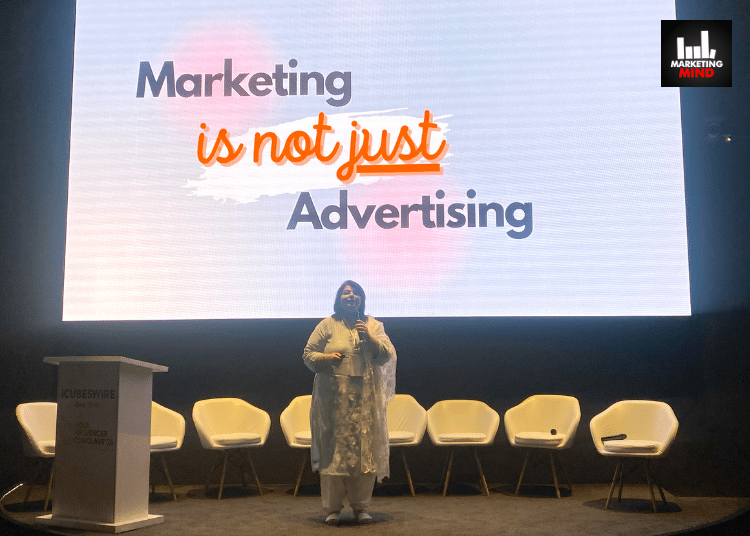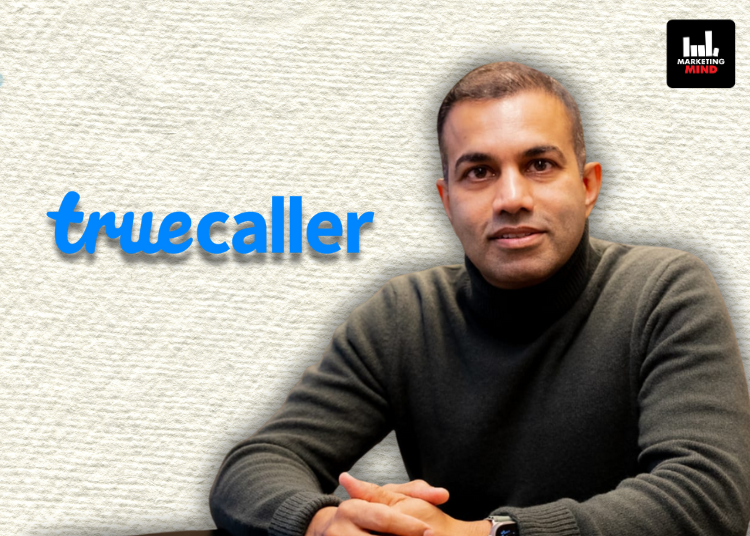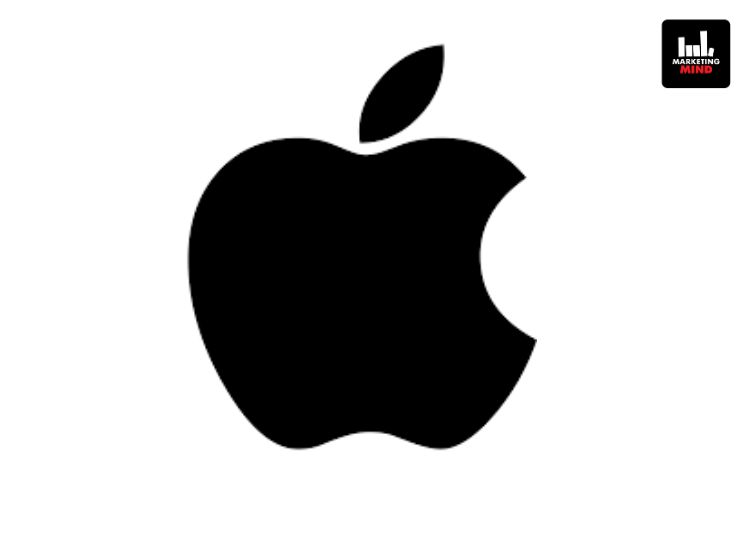Despite the world of advertising coming across as a flashy, fashionable and glamorous part of marketing to many, if there’s one thing which sums up marketing across all paradigms, it is generating business and creating lasting impressions of brands on consumers.
In the fast paced world of today where things change almost every second and a marketer’s arsenal is loaded with not just traditional mediums like Print, Radio and TV and new age avenues like Social Media and Content platforms, CTV and much more, as per Sumeet Singh, Chief Marketing Officer, Infoedge, what makes ‘Marketing’ what it has been in the past, present and even future will continue to be nothing but ‘Consumers+ Business + Brand’.
Helming the marketing functions of a wide range of platforms ranging from Naukri.com, to Shiksha.com, 99acres and more, the ‘legendary’ CMO took the center stage at iCubesWire’s second edition of India Influencer Conclave which took place at Gurugram’s DLF Cyber Park recently.
In a Keynote session titled- ‘Marketing’s Past, Present, Future: A Legend’s Perspective’, Singh stated that since the beginning of time, marketing has been about nothing but ‘consumers, business and brand’ because that’s what generates business.
“You can’t do marketing activities that are not effective and does not generate business or create your brand along with your products. Brand is not just marketing. And therefore, at least in my view, it hasn’t changed much,” she said.
With this, she also pointed out how Marketing is not just advertising and busted the industry prevalent belief of how a lot of professionals coming from B-Schools think marketing is all about glamorous advertising.
“When you start working, be it in an agency or at the client side, you realise that marketing is not just about glamorous advertising but has so many targets, it’s not just about shooting that film with Shah Rukh Khan, but about what that campaign delivers and whether or not does it justify the ad spends. And for us, the people who are in the internet space, we have to give those answers far quicker- in a couple days or in some cases even hours, unlike other industries which are offline as people in such spaces have a week, month and quarters to meet their targets,” Singh pointed out.
Having said that, the CMO also smirked at how modern day marketers get into a fix of answering questions when the Nielsen Index shines for they are the ones responsible for driving business growth.
Delving further into some of the marketing things that have changed over the past couple decades, she mentioned that what has changed seismically is media/mediums for ad placements, consumer preferences, distribution and technology amongst others as the way audiences engage with content have changed in contemporary times.
“About 20 years back, there were no influencers. It was mainly domain experts, gurus and more who influenced people offline, unlike today when influencers are increasingly becoming popular on social media platforms and elsewhere. One of the reasons for this is that with generations changing, people’s preferences have also changed and more mediums and touchpoints have been activated apart from the traditional ones,” she said.
In the past, Singh stated that brands communicated on traditional mediums like TV, radio, print and outdoors and therefore, the creatives of advertisements were also different as compared to times like today when people have comparatively shorter attention spans and technology is overtaking making smartphones one of the strongest mediums for gaining eyeballs.
Apart from the mediums, she also emphasised that what has changed today in marketing is also the formats for advertisements as today, people are looking at a vertical screen- phones rather than the TV
“Gen X believed in and wanted to be slow and steady to win the race, but today the way people look at life has changed, especially with GenZs who have also made work-life balance a reality today. And therefore, what brands do is modify their messaging as well as the formats from a media standpoint. Hence, videos which are produced so well for TV or even Facebook may not do well on Insta at all because what works therein is a very native looking content. Gone are the days where we could build for TV and adapt!” Singh said.
With this, she also highlighted that some years back, what marketers were adapting to was communicating on Facebook, but today they also need to have Snapchat and others as that is where younger alphas are because they don’t want anybody to see their messaging.
“We need to see and learn how do we really get attention there, because nobody goes there to see advertising. And hence, we all need to be smarter and look at newer formats- like maybe poetry in a new way, documentaries as mockumentaries as everybody today wants snappy content now. We can’t just build ads and run them on YouTube, Facebook, CTV, and so on and so forth as today advertising is literally platform-first content,” Singh opined.
Furthermore, she also mentioned that today, influencers have become the new celebrities, irrespective of whether they are micro, nano or macro, as they are creating magic in their own ways on platforms and making it a harder job for brand custodians as they now need to continuously keep innovating to break clutter.
“When doing influencer marketing as well, brand managers need to understand that when they collaborate with any influencer, they shouldn’t ask them to make an ad. When you trust influencers, you obviously see their followers, views, and engagement metrics and therefore to get results, you need to trust them and tell them your guardrails to come up with the right kind of integration, ROI and brand alignment. Also, it is essential to note that while marketers do use regional influencers for targeted campaigns, it’s not necessarily to always have a collab post with them as they can be leveraged for efficiency,” she suggested.
Having covered the past and present of marketing, Infoedge’s Singh, on a forward looking note, mentioned that what’s next for marketing, in approximately next two years, is the rise of platforms like Metaverse, AR, VR, etc. and therefore adapt to these newer avenues since marketing all but following consumers and engaging with them
“We as marketers need to be all the more agile, innovative and experimentative today, to ensure that marketing still needs to work whilst keeping in mind what does our consumers like and want and basis those insights, how can we make a difference for our brand and business. In fact, sometime back, an industry professional from Meta even told me that the new Reels on the platform will hover between three to four seconds, which apparently seems to be too less and therefore, marketers will have no choice but to innovatively use semiotics, movement, connection, etc. But, if the content is good and there is a story there, people will watch the content irrespective of its size,” she concluded.
















